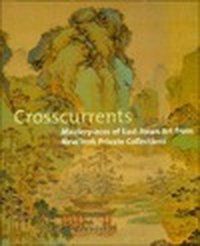Body and the East: From the 1960s to the Present

Summary
A survey of art produced and performed—often at personal and political risk to the artist—in fourteen East European countries under communist and post-communist conditions. With essays by Joseph Backstein, Iara Boubnova, Jurij Krpan, Ileana Pintilie, Kristine Stiles, Branka Stipancic, Igor Zabel, and others The earliest "body art" was created in Eastern Europe in the early 1960s. The term "body art" includes a wide range of practices in which the artist's own body is the bearer of social, political, metaphorical, and philosophical content. This book includes essays on eighty artists from fourteen Bosnia and Herzegovina, Bulgaria, Croatia, Czech Republic, the former GDR, Hungary, Lithuania, Moldova, Poland, Romania, Russia, Slovakia, Slovenia, and Yugoslavia. Introductory essays by Zdenka Badovinac and Kristine Stiles discuss the tradition of an art form that emerged during socialism in cultural centers such as Prague, Belgrade, Ljubljana, Warsaw, and Zagreb. In these places public actions, particularly on the street, were often banned—and artists arrested—by the police. Therefore many of the actions documented here took place in private apartments, with the artists performing at great personal risk. The art survived not only despite the absence of any art market, but also despite its marginalization by political regimes. The artists turned their marginalization to an advantage, creating art out of the contingencies and necessities of survival. The art represented here reminds us of the psychological and intellectual freedoms that artistic expression affords under politically repressive conditions. This bilingual (Slovenian/English) book was originally published in conjunction with a major retrospective exhibition of body art held last year at the Museum of Modern Art in Ljubljana. Some of the artists, such as Marina Abramovic and Komar & Melamid, are well known internationally. Others, such as Alexander Brener, Sanja Ivekovic, Laibach, Paul Neagu, and Marko Peljhan, are known to special audiences in the East and West.
Similar Books
-
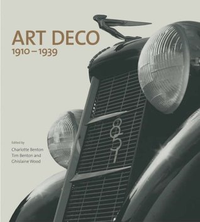 Art Deco 1910-1939
Art Deco 1910-1939by Charlotte Benton
-
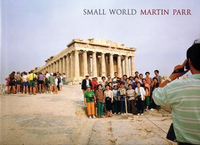 Small World
Small Worldby Martin Parr
-
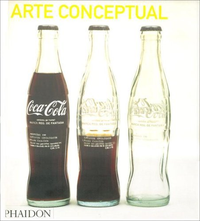 Conceptual Art
Conceptual Artby Peter Osborne
-
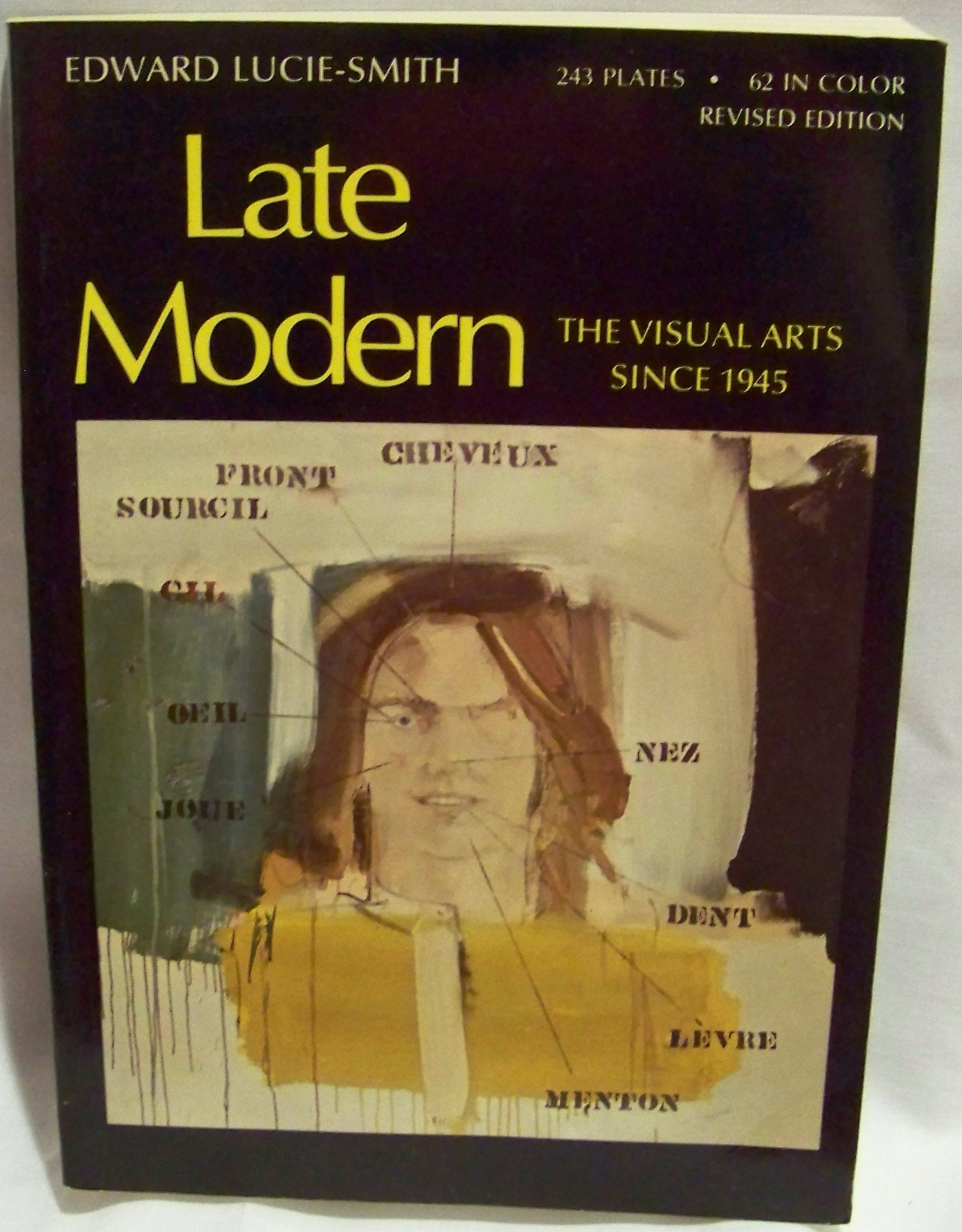 Late Modern: The Visual Arts Since 1945
Late Modern: The Visual Arts Since 1945by Edward Lucie-Smith
-
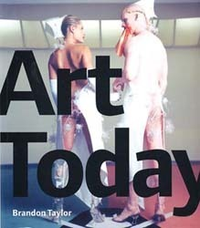 Art Today /anglais
Art Today /anglaisby Brandon Taylor
-
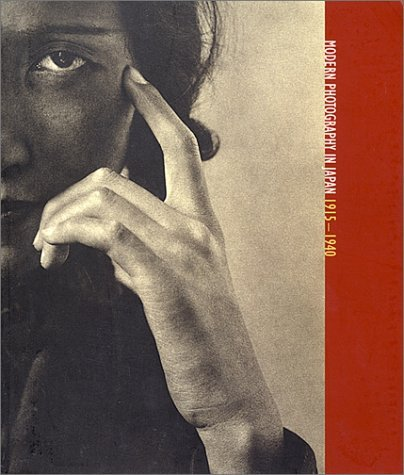 Modern Photography in Japan 1915-1940
Modern Photography in Japan 1915-1940by Ryuichi Kaneko
-

-
 TokyoLife: Art and Design
TokyoLife: Art and Designby Ian Luna
-
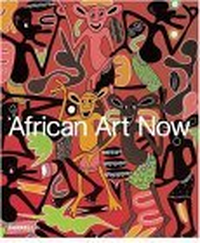 African Art Now: Masterpieces from the Jean Pigozzi Collection
African Art Now: Masterpieces from the Jean Pigozzi Collectionby André Magnin
-
 Africa Remix: Contemporary Art of a Continent
Africa Remix: Contemporary Art of a Continentby Jean-Hubert Martin
-
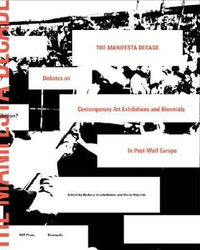
-
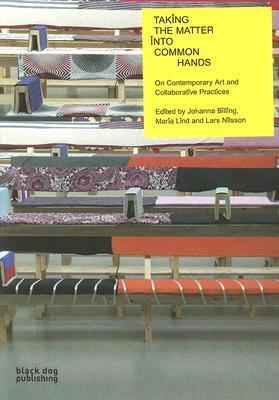
-
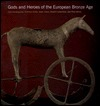 Gods and Heroes of the European Bronze Age
Gods and Heroes of the European Bronze Ageby Katie Demakopoulous
-
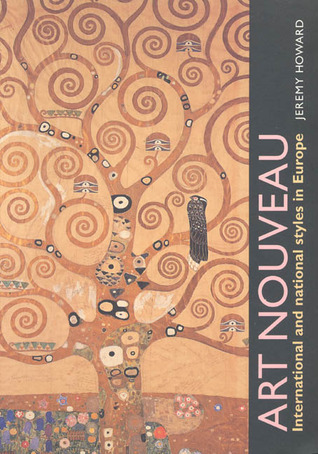 Art Nouveau: International and National Styles in Europe
Art Nouveau: International and National Styles in Europeby Jeremy Howard
-
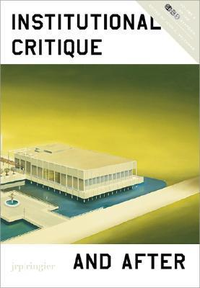 Institutional Critique and After: Soccas Symposium Volume II
Institutional Critique and After: Soccas Symposium Volume IIby Andrea Fraser
-
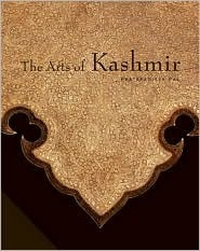 The Arts of Kashmir
The Arts of Kashmirby Pratapaditya Pal
-
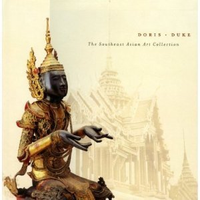 Doris Duke - The Southeast Asian Art Collection
Doris Duke - The Southeast Asian Art Collectionby Nancy Tingley
-
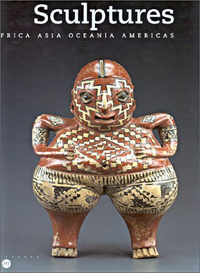 Sculptures: Africa, Asia, Oceania, Americas
Sculptures: Africa, Asia, Oceania, Americasby Musée du quai Branly
-
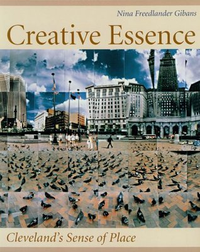 Creative Essence: Cleveland's Sense of Place
Creative Essence: Cleveland's Sense of Placeby Nina Freedlander Gibans
-
 A Collecting Odyssey: The Alsdorf Collection of Indian and East Asian Art
A Collecting Odyssey: The Alsdorf Collection of Indian and East Asian Artby Pratapaditya Pal
-
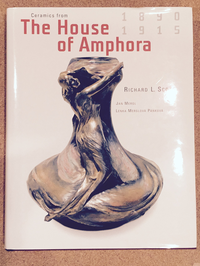 Ceramics From The House Of Amphora 1890-1915
Ceramics From The House Of Amphora 1890-1915by Richard L. Scott
-
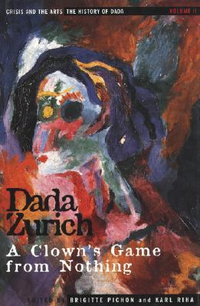
-
 Arrivals
Arrivalsby Various
-
 The American Effect: Global Perspectives on the United States, 1990-2003
The American Effect: Global Perspectives on the United States, 1990-2003by Lawrence Rinder
-
 Art of Indonesia
Art of Indonesiaby Bambang Sumadio
-
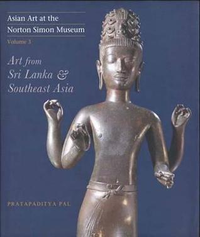
-
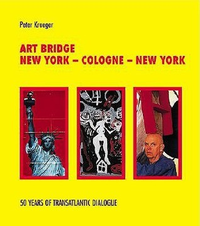 Art Bridge: New York - Cologne - New York
Art Bridge: New York - Cologne - New Yorkby Bill Arning
-
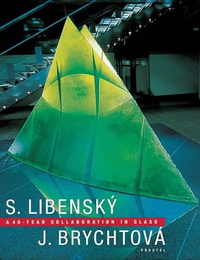
-
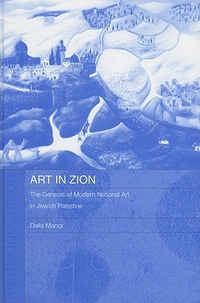
-
 Contemporary African Artists: Changing Tradition
Contemporary African Artists: Changing Traditionby Wole Soyinka
-
 Contemporary African Art: 5 Artists, Diverse Trends
Contemporary African Art: 5 Artists, Diverse Trendsby Dele Jegede
-
 Indonesia: Discovery of the Past
Indonesia: Discovery of the Pastby Pieter Ter Keurs
-
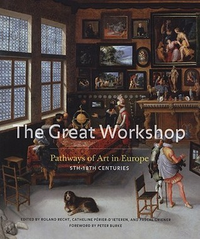 The Great Workshop: Pathways of Art in Europe,
The Great Workshop: Pathways of Art in Europe,by Roland Recht
-
